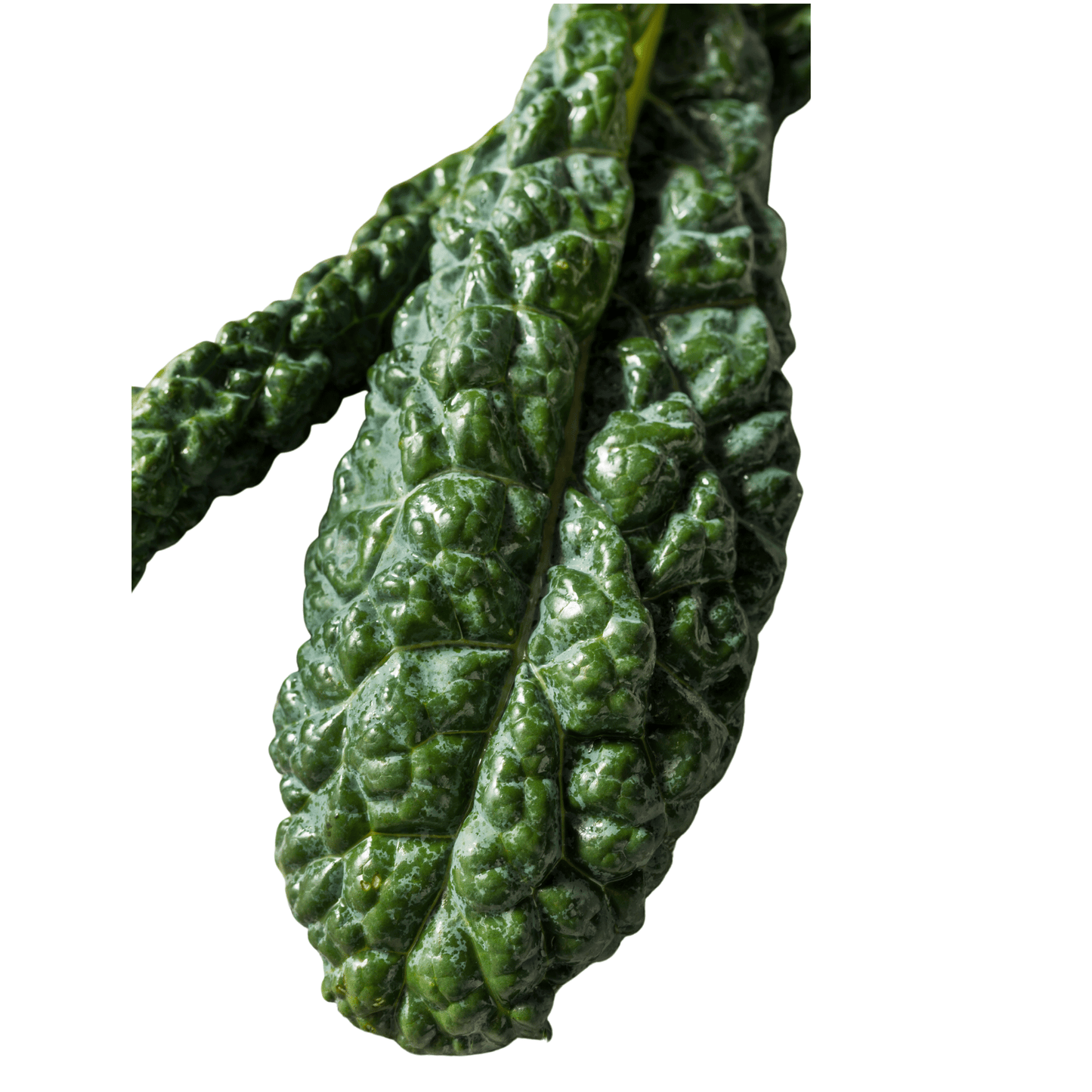Kale Seeds
Kale Seeds
- NON-GMO
- Container Friendly
- Bitter Flavor
Couldn't load pickup availability


Growing Kale Seeds
-
Germination Rate
6 to 10 days
-
Sun
Partial Sun (4+ hours per day)
-
Plant Type
-
Plant Size
15 to 18 inches
-
Water Needs
Keep soil evenly moist
-
Seed Depth
1/2 inch deep
-
Container Size
Medium Pot (8–12 inch)
-
Expect To Harvest
30-60 days
-
Zones
3-9
-
Plant Spacing
16 inches apart
-
Companion Plants
Onion, beans, cucumber, lettuce, spinach, tomatoes, and celery
-
Common Problems
Black rot, yellowing leaves, mosaic virus, and over watering
-
Pest
Aphids, flea beetles, cutworms, armyworms, and moths
-
Culinary Uses
Kale can be used fresh in salads, or sautéed.
-
Growing Season
Spring, Fall and Winter
-
Start Planting Indoors
4 to 6 weeks before the last frost
-
Start Planting Outdoors
6 to 8 weeks before the last frost
Growing Instructions
Starting your seeds
You can start Kale seeds indoors using a heat mat to encourage germination. Once the seedlings sprout and grow a few sets of leaves, move them outdoors. Keep the soil moist and provide 6–8 hours of sunlight daily. When direct sowing Kale seeds, plant them about 1/4 inch deep in well-drained soil, spacing them 12–18 inches apart in rows 18–24 inches apart to give them plenty of space to grow.
Harvesting your seeds
To harvest kale begin by cutting mature leaves at the base, leaving the smaller inner leaves to encourage ongoing development. Use sharp scissors or shears to make clean cuts without damaging the plant. Regular harvesting of outer leaves promotes a longer harvest period, and it's recommended to harvest before the leaves become too mature for the best flavor and tenderness.
Grow your own Salad Kit
Share
















